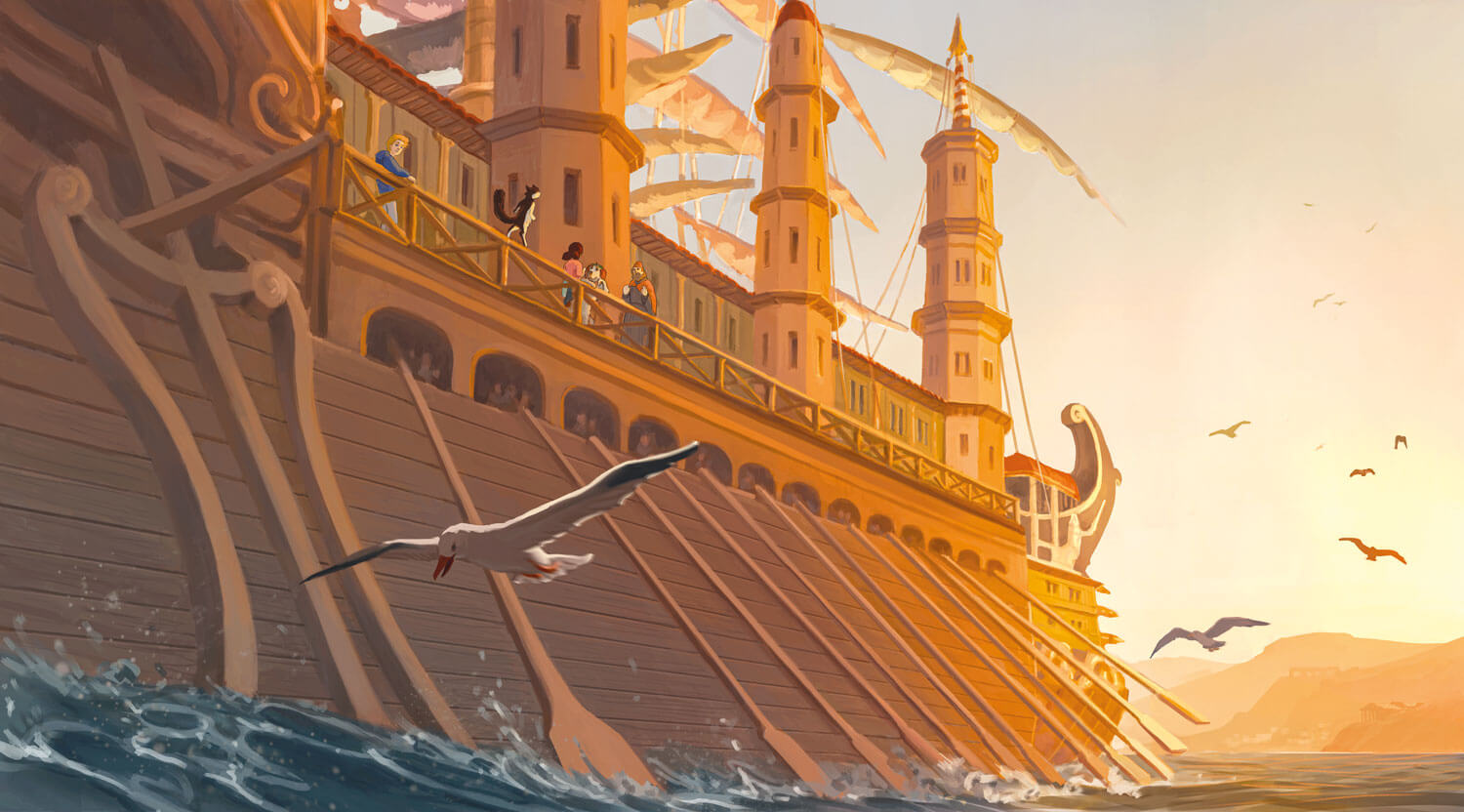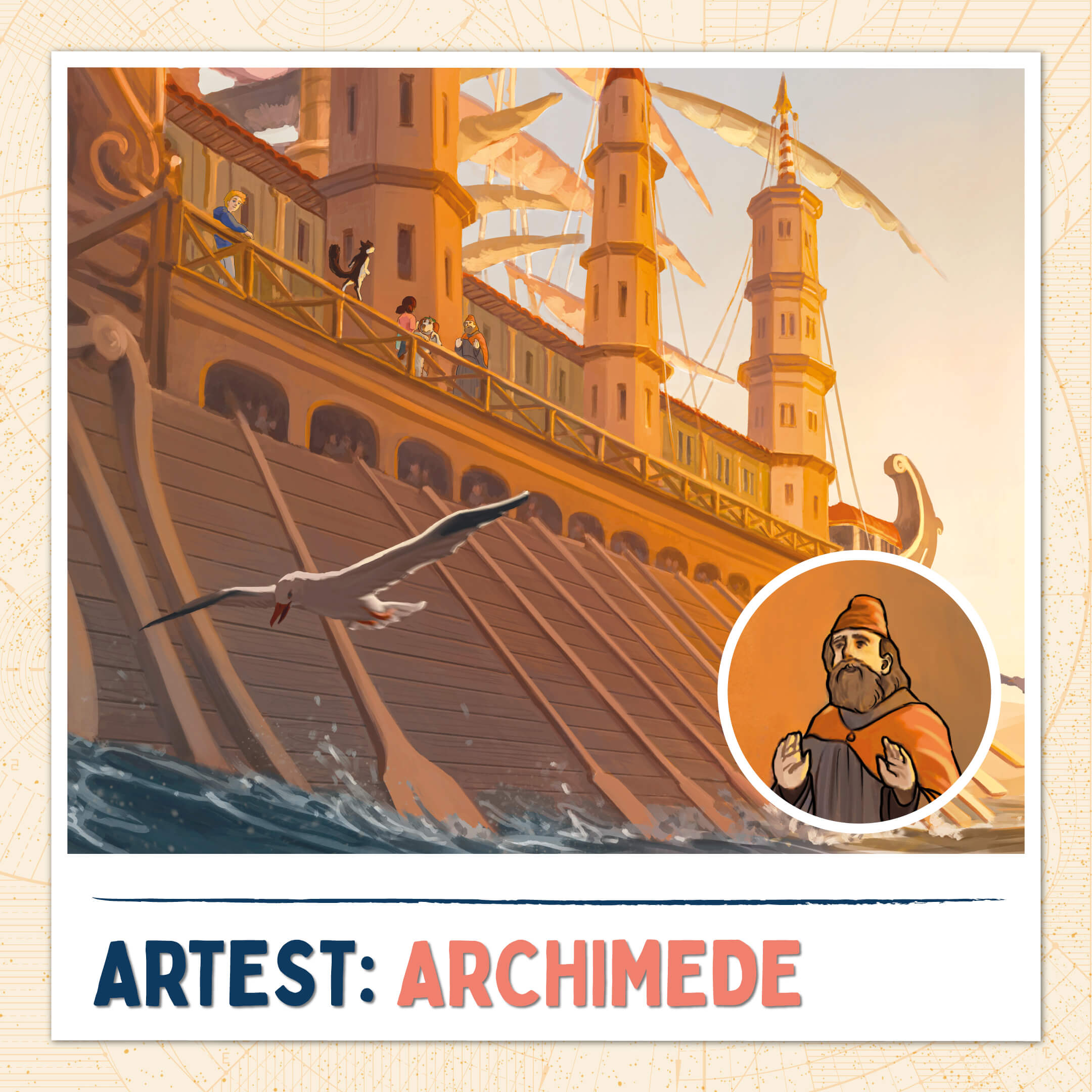Archimedes, the Genius of Antiquity

Imagine walking through the streets of Syracuse when suddenly you hear someone shouting.
Everyone around you is trying to understand what is happening! A naked man is running down the street!
A servant tries to convince the man to go back inside, inviting him to cover himself with a sheet, but to no avail: he continues to shout Eureka! I’ve found it!
Amidst the giggles of the crowd, someone remarks: ‘It’s Archimedes, the scientist!’
No one around him understands the significance of his insight, but everyone recognises this man’s genius!
It is 200 BC and the ruler of Syracuse, Gerone, has asked the scientist to find out if his crown is really made of gold.
While immersed in the bathtub, Archimedes discovered the principle that would later bear his name: a body immersed in a fluid receives an upward thrust equal to the weight of the fluid displaced.
He placed the crown in a tub and filled it to the brim without spilling a drop of water; then he did the same with a gold ingot of the same weight. The water began to leak out because, although the crown and the gold weigh the same, they do not have the same volume. Archimedes has just discovered the concept of specific weight: different materials with the same weight occupy different volumes.
The crown is not made of pure gold, but silver!
He thus discovers that the king has been deceived!

There are many anecdotes about Archimedes: it is even said that he was always distracted and had his head in the clouds, so immersed in his thoughts that he even forgot to wash himself: his servants had to drag him into the bath to wash him, while he continued to draw geometric shapes with his fingers!
We do not know if these stories are true, but what is certain is that Archimedes was one of the greatest scientists of antiquity.
Born in Syracuse, in Magna Graecia, he was the son of Phidias, a Greek astronomer who passed on his love of science to him.
His curiosity ranged from geometry to physics and mathematics: he calculated the surface area and volume of a sphere, discovered how levers work, built a sort of planetarium, invented an odometer (the ancestor of the speedometer), a water clock and a screw capable of lifting water. Not only that, he also invented balustrades, catapults and mirrors that proved invaluable in battles against the Romans: mirrors placed on ships, for example, captured the sun’s rays and burned the sails of enemy ships.
This and other interesting facts can be found in the Art and Science album.